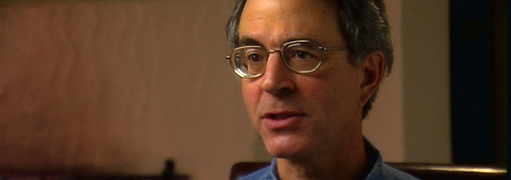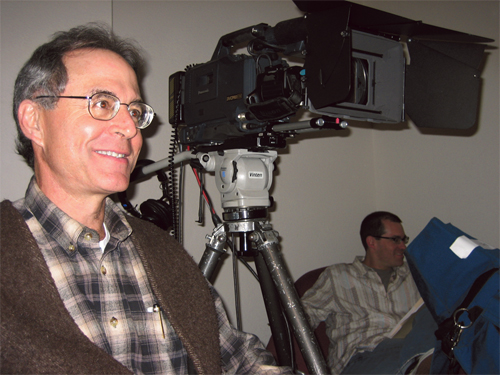The Spirit Molecule
A documentary about the DMT study, including a Q & A with Dr. Rick StrassmanWednesday, Jan. 25, 6 p.m. and 8 p.m.Guild Cinema3405 Central NE$7, cash onlyTalking Points: Scientist Reflects On His Psychedelic Research
Scientist Reflects On His Psychedelic Research


Dr. Rick Strassman

Dr. Rick Strassman









